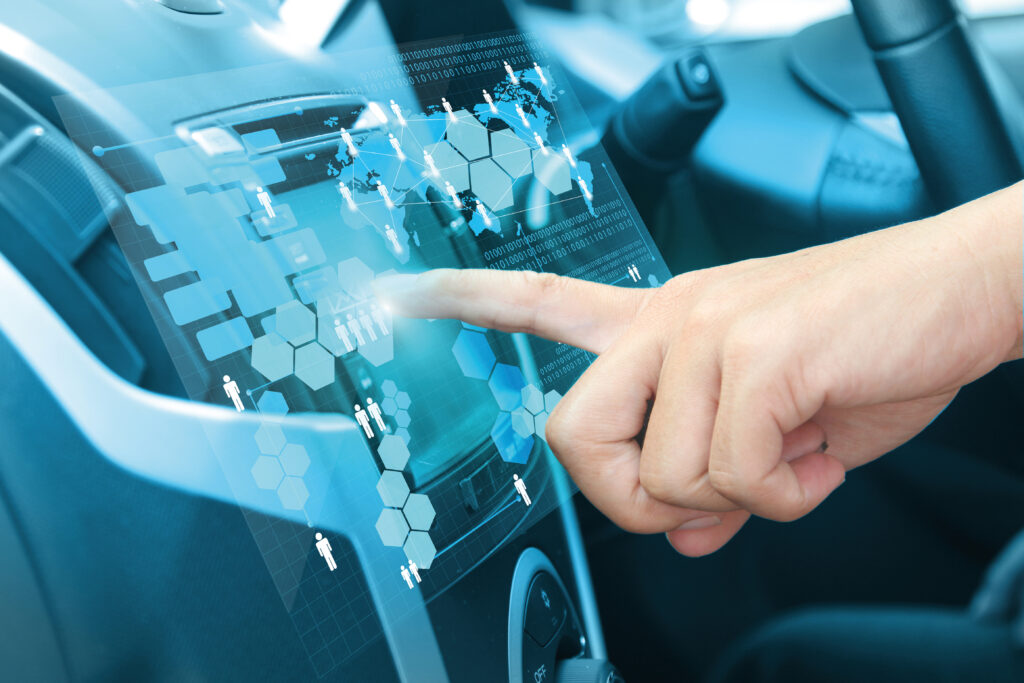On behalf of Mouser Electronics, Robert Huntley explains how automotive HMIs have become part of the brand experience.
When sleek and stylish touchscreens entered the automotive domain, automotive manufacturers must have smiled. The interface permits an almost infinite number of ways of presenting, configuring and controlling vehicle data and functions. What started with entertainment and navigation features in the infotainment head unit, quickly spilled over to the instrument cluster.
Today, touchscreen human-machine interfaces (HMIs) are omnipresent in cars. They integrate with smartphones via Android Auto and Apple CarPlay. As electronics such as advanced driver assistance systems (ADAS) continue to be integrated, the HMI has become the vehicle’s core control and information mechanism. The traditional instrument cluster behind the steering wheel has become an intrinsic part of the HMI.
No matter how sophisticated, stylish and elegant a UX/UI designer makes touchscreen operation, safety is paramount. Automotive HMIs need to be intuitive, not distract the driver, and prevent access to some features while the vehicle is moving. International Organization for Standardization (ISO) 15005:2017 appears to be the only safety-related standard that stipulates that 1.5 second glances should be the maximum time drivers take their eyes off the road when interacting with the HMI.
Projected capacitive touchscreens (PCAP) is a mature, well established technology with a proven track record. Popular additions to touchscreen displays include proximity detection, haptics and force detection. Haptics typically include a mechanical vibration created by a miniature micromotor and offset weight to give feedback during use. While common in smartphones and game controllers, they are not typically used in an automotive environment: audible tones are preferred.
Regarding safety, automotive touchscreen HMIs have been criticized. With increasing HMI functionality, it is likely drivers can become distracted. An alternative HMI control mechanism gaining popularity is voice recognition. Already used by smartphone assistants such as Apple Siri, Amazon Alexa and Android Auto integrated with Google Assistant, they are not as popular for automotive HMI applications, although that situation is changing.
Another alternative HMI interface technology is in-air haptics which uses a combination of hand-tracking sensor and matrix of miniature ultrasonic speakers. Ultrasonic signals emitted from the speaker array can be shaped and felt by a human hand. An example is forming a circular control knob shape that the hand can appear to grasp. By then tracking the hand’s movement, a control interface is formed.

